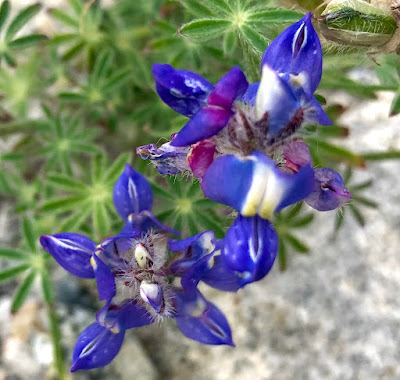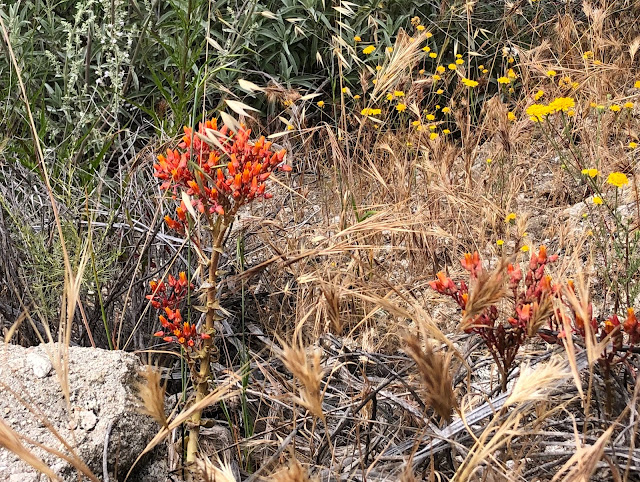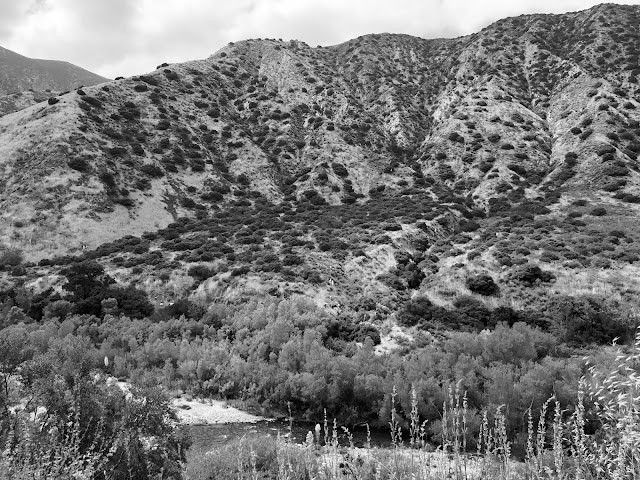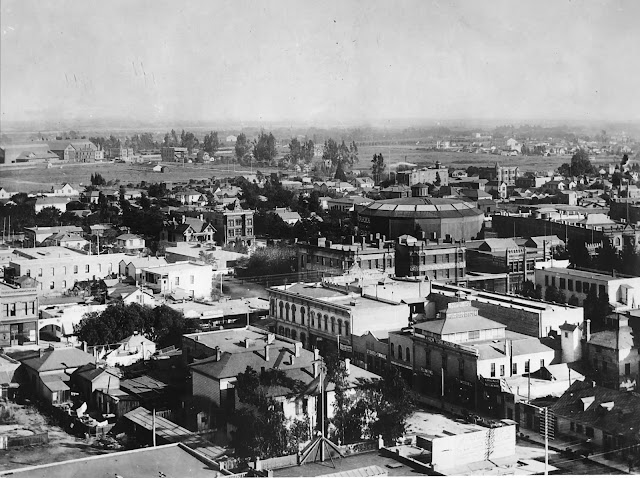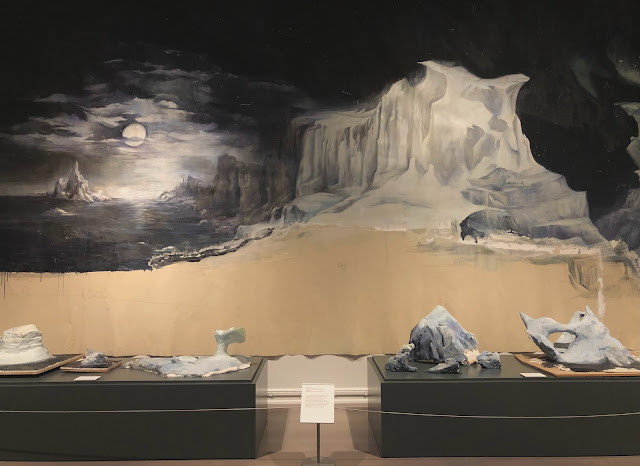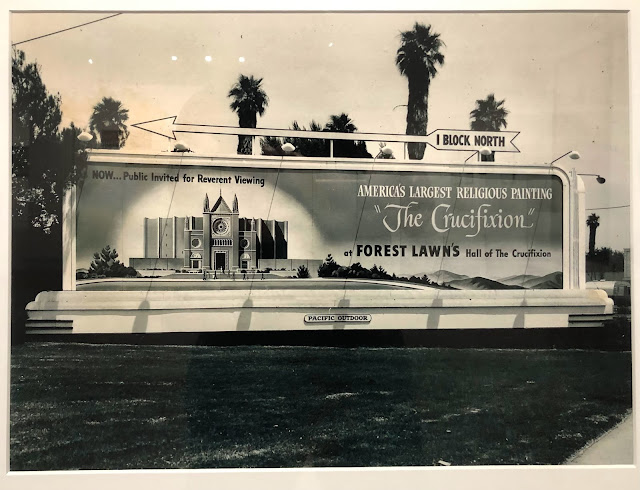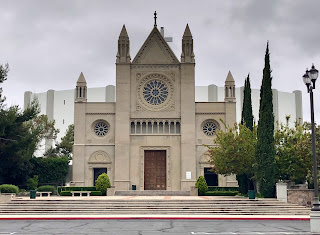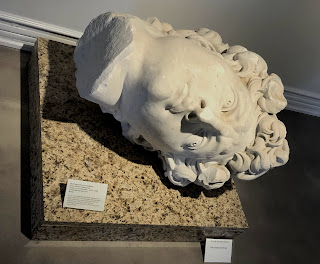Local residents have always talked about "June Gloom," which reliably gives LA overcast skies in early summer. But it's been delightfully cloudy and cool since Easter, with no hot days at all -- so now we're calling this invigorating weather May Gray. Stunning photographic light is everywhere -- produced by a bright sun behind the pewter skies and marine-layer clouds, playing over Technicolor hills.
For denizens of the California Floristic Province, it's been a perfect party, with Spring Fling getting extended right into summer.  |
| Creeks and waterfalls are still gushing merrily. |
 |
| Indian paintbrush and golden yarrow |
The canyon scents are divine -- hard fresh water, bittersweet sagebrush and sages, dry grass hay, and the perfumes of shrubs running riot. Unfortunately, many non-native and invasive plants also got tickets to the ball, and are growing thick and fast. Still, it's a gay affair. Enjoy the photographs of Big Tujunga Canyon. All this, only twenty minutes from Valley Village. I Love You, California. |
| Yucca whipplei are having a dazzling year. It's like a forest of century plants in the sand plain: ten, fifteen, twenty feet high. |
 |
| Buckwheat -- Eriogonum fasciculatum -- is already popped to white on the plain |
 |
| ...while up at the top of the ridges it's still in the pink of spring. |
  |
| Chaparral dodder, Cuscuta californica, has the world on a string this spring. Bright, elegant and fascinating, dodder is quickly becoming one of my favorite natives. |
THE GATECRASHERS: They're beautiful, but they're strictly riff-raff. Pushy, invasive, and a danger to the CFP biome wherever they establish themselves. I'm talking to you, Chinese tamarisk... |
| "Pinky" is none other than Tamarix chinensis, international drifter. |
Gorgeous blue blossoms mark Lupinus cosentinii, but this petite sand-plain invader from Down Under has potential to displace its American cousins, arroyo and sky lupines. I saw about five plants. If I knew what they were at the time, I'd have stamped them to pulp:
THE WALLFLOWERS: Dudleya are a rare genus of stonecrop, endemic to our coastal cliffs and canyon walls. At least fifty species, but I believe these flame-orange bells are Dudleya cymosa -- "canyon live-forevers."
Dudleyas present the opposite problem to invasive species. Rockery enthusiasts in the Far East like them so well, they are being severely poached from LA habitats and Shanghaied or Seouled --by unscrupulous nurseries across the Pacific -- to cross-hybridize spectacularly expensive specimens. There was even a disturbing case a few years ago where a ring of perps in late-model Lexuses were pulling over at night on residential streets to plunder dudleyas from LA residents' front gardens.
 |
| A lovely green puddingstone is common in the creek-bed. |


















